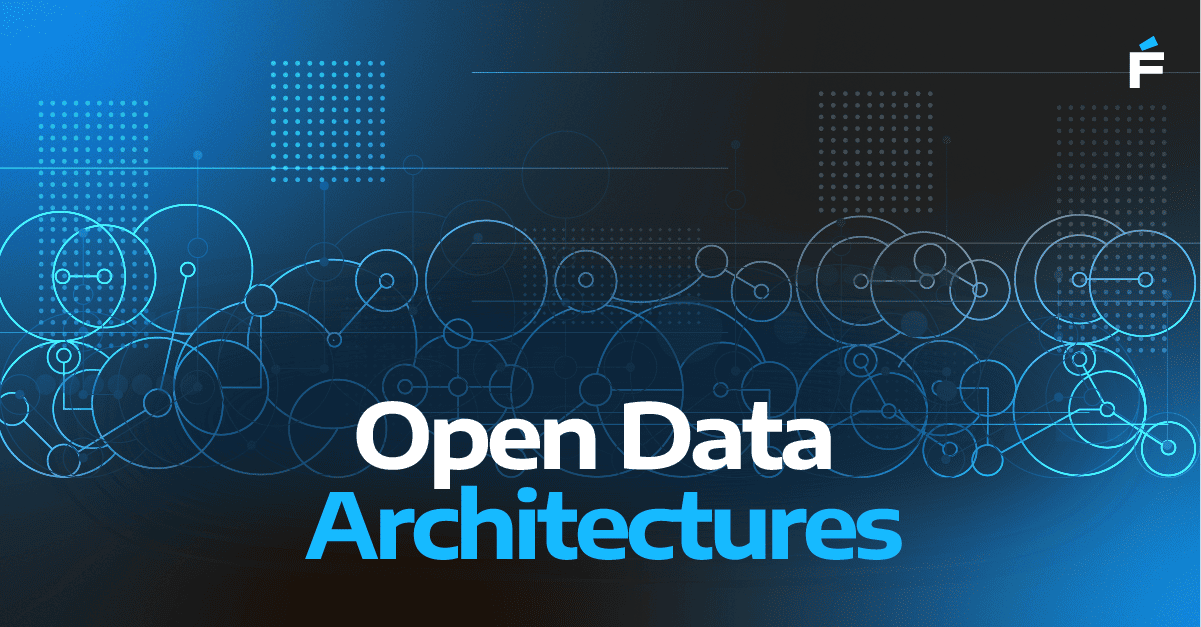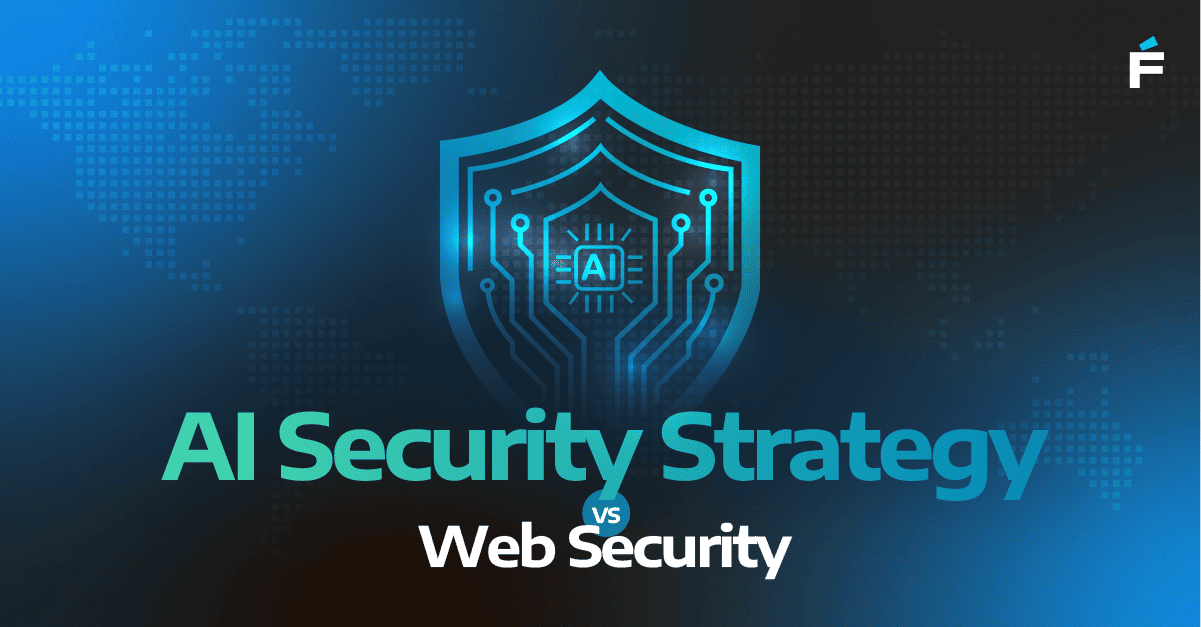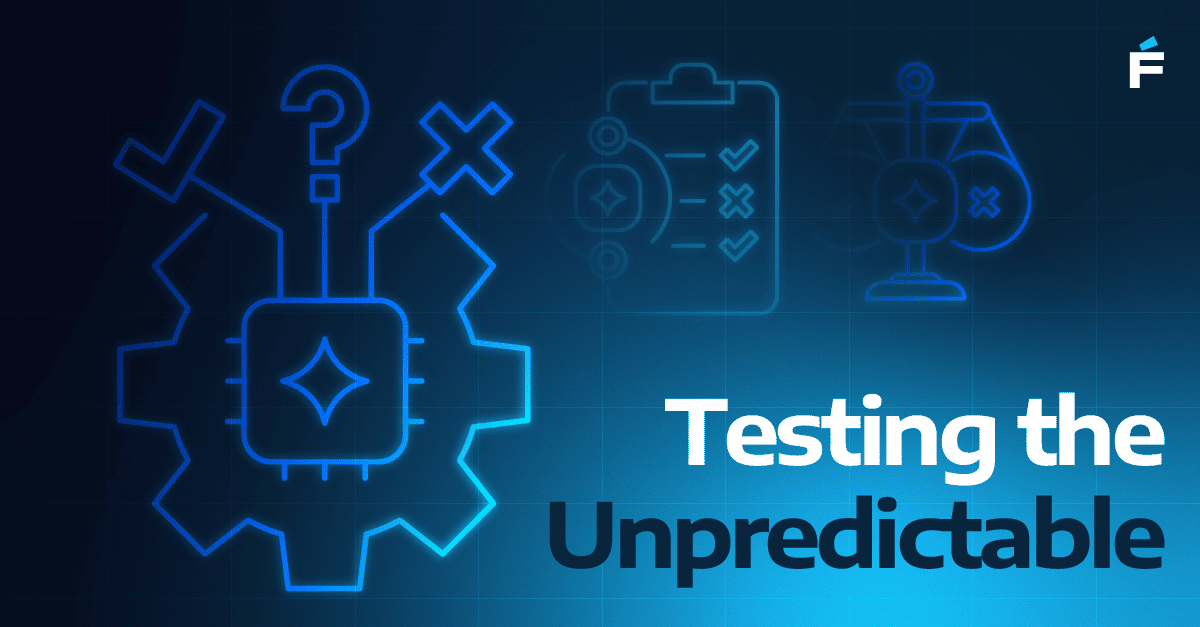Introduction
According to the common belief among technology providers and users, cloud technology and its derivatives are the future of enterprise ecosystems. More and more businesses will invest in the cloud regardless of the industry (retail, services, streaming, data management, and many more).
The enterprises that struggle to comply with such a shift may lose to their competitors who reimagined their customer experience. Luckily, there are a variety of cloud service packages on the market. This article will focus on Oracle CX Commerce, a SaaS product designed to enhance customer experience on online sites.
In 2021 Oracle had more than 20,000 partners and 430,000 customers. Below, we detail why their customer experience offering will continue to be in demand in 2022 and beyond.
1. Oracle CX commerce is an all-in-one solution
The Oracle CX Commerce Cloud solution is scalable and SMB-inclusive, and all-encompassing. A dedicated team of engineers can set up a modern and functioning e-commerce site in just a few weeks. Plus, most of what you need to cover the customer lifecycle using the cloud is already included in the product suite: from omnichannel marketing tools to multiple add-ons to adapt to the way you like configure price quote (CPQ) functionality, which is essential for B2B companies.
For proof that the Oracle CX Commerce service is versatile enough to support an array of industry players, you need only look at the list of customers. You can find retail giants like Ikea and Costco there, followed by Zurich Insurance Group, a Switzerland-based Insurance organization, and even American Express, to name several examples.

2. Cost transparency
Straightforward, transparent, and unified for all regions, cloud pricing from Oracle is clear enough for anyone looking to migrate from a legacy solution. Thanks to its SaaS structure, Oracle CX Commerce offers a few pricing models to accommodate enterprises with different revenue methods. For instance, the pricing can be tied to page views or a revenue-share model, keeping the Total Cost of Ownership (TCO) consistent and predictable. On top of agility, you get scalable support during industry-specific peak seasons to accommodate fluctuating demand.
3. Built-in integrations
As mentioned earlier, Oracle CX Commerce comes with a handful of integrations right out of the box, saving you time and resources on implementing third-party solutions. The emphasis is primarily on customer experience optimization with mobile-first features like image optimization, product recommendation, and social media wishlisting. From the store management point of view, there are tools like A/B testing capabilities, multisite functionality, and a drag-and-drop tool for quick layout changes. Some of these features are rare to find with other enterprise management systems.

4. AI-powered personalization for customers
AI is a permanent attribute of a seamless customer experience, regardless of which domain, B2C or B2B. As research shows, B2B customers now have expectations just as high as B2C ones, whether it’s auto-renewed subscription pricing for medical supplies or wholesale shopping for automotive parts. In the era when everything is already available, and the buyer is well-researched and informed, nurturing a personalized relationship between your brand and a customer is a must.
Oracle CX Commerce takes the burden of personalizing interactions off your shoulders. The AI-fueled data analysis delivers a plethora of customer, transactional, behavioral, sensor insights you can use for more innovative product recommendations and improving customer journey in general.
With analytics and transaction processing workloads automated, you have a complete snapshot of how your business is doing and will be able to calibrate offers to each customer. At the same time, these features will equip your customers with all the possible data to make a buying decision that will hit the mark.
Read more: E-commerce website testing guide: Strategies and principles, explained
5. Modern SaaS architecture
Oracle Cloud Infrastructure has a second-generation public-cloud architecture, which means easier and faster migration from on-premises. Oracle CX Commerce is also designed as API-first/headless to allow you to integrate applications you already use and develop new ones, all without switching backend systems.
When adopting a cloud system, most enterprises have a common requirement: a stable and predictable performance for mission-critical, performance-intensive workloads. The infrastructure satisfies this requirement by providing computing, storage, networking, database, and platform services. If there is any functionality that is not covered by the CX platform’s native capabilities, it’s open to integrations.
Read more: 9 cloud migration steps to take before moving from on-premise
6. Robust cloud admin tools
Oracle has developed a standards-based, open, fully integrated application development platform, which is compatible with any other major development platform. This platform makes it easier to build, deploy, and manage modern cloud applications, as well as applications using APIs and mobile devices. The platform supports container and cloud-native applications, along with CI environments to help you create, integrate, and test them more cost-effectively.
What is more, there is a comprehensive DevOps environment for continuous integration (CI)/continuous delivery (CD) from Oracle’s AppDev platform. If your setup requires third-party and on-premise software, there’s an option for streamlined integration and deep diagnostics for Java applications.
7. Unparalleled security features
Alongside scalability and performance, security is on the top of the mind of most cloud adopters. Oracle adheres to and manages all compliance standards including PCI (Payment Card Industry Data Security Standard) and GDPR (General Data Protection Regulation) requirements. Infrastructure-wise, security is a major focus for Oracle CX Commerce. For example, customer data is kept secure and hidden from other users. Machine resources are also kept safe and hidden from the management machines, helping prevent data fraud and manipulation.
The code, data, and resources are also shielded from the management machines, helping prevent fraud or manipulating data in the cloud. On top of that, customers can use security features by using adaptive authentication. If user activity is suspicious, the system automatically initiates further verification.
Final thoughts
For the last two years, technology experts promised a complete merge of online and offline customer experiences for both B2B and B2C instances, which will make them intertwined and inseparable from each other. Now, it happens. The reason behind this merge is the demand for greater, custom-tailored personalization aligned with better, streamlined service. Oracle CX Cloud is an offering that promises to deliver such an experience.
At the same time, adopting the Oracle CX Cloud ecosystem is a big commitment and a considerable shift for your enterprise’s course. But with the help of a skilled Oracle tech partner, you can tap into the benefits of the self-driving SaaS system that can become top-performing and exceptionally cost-effective if implemented right.




